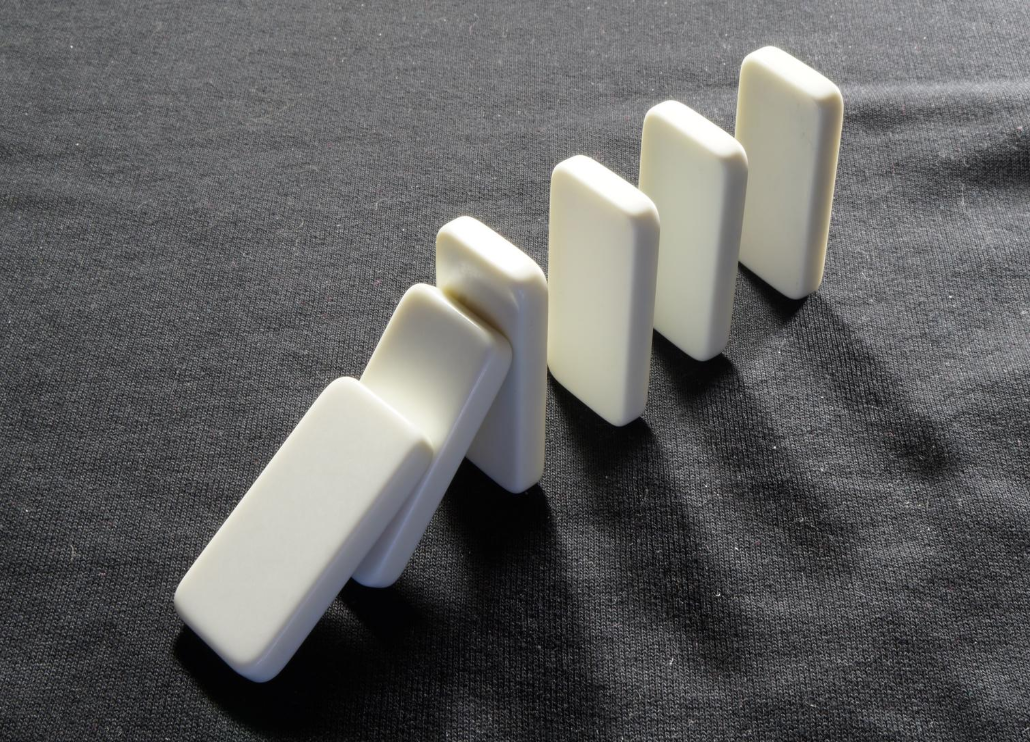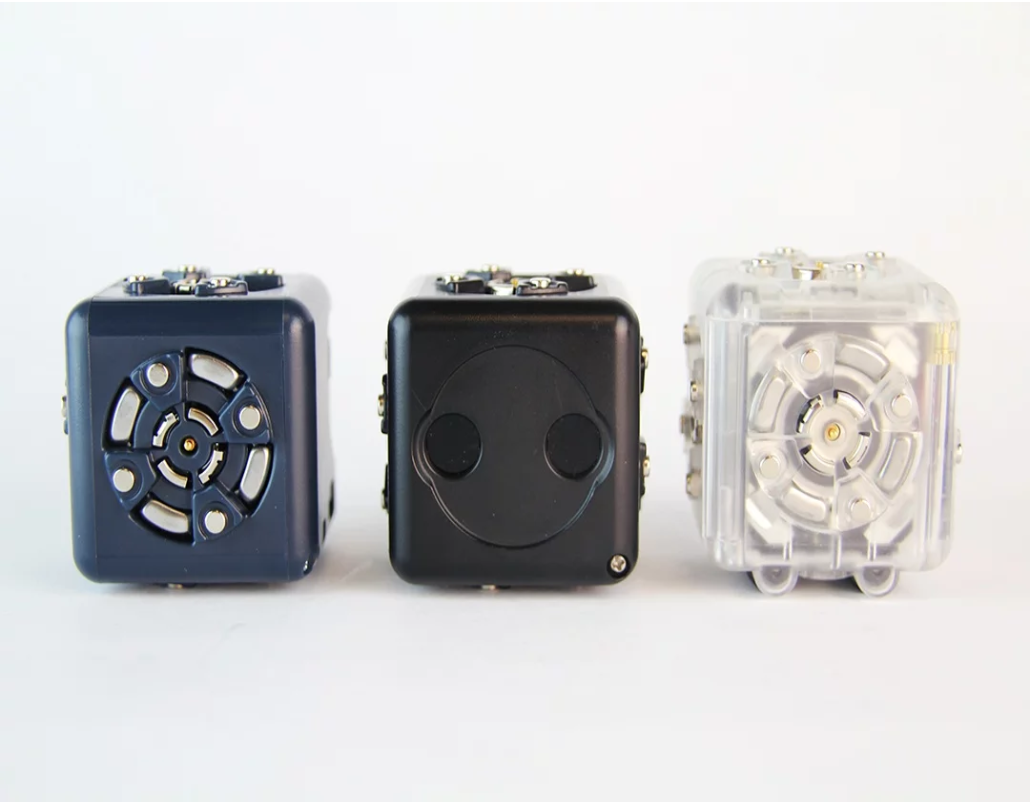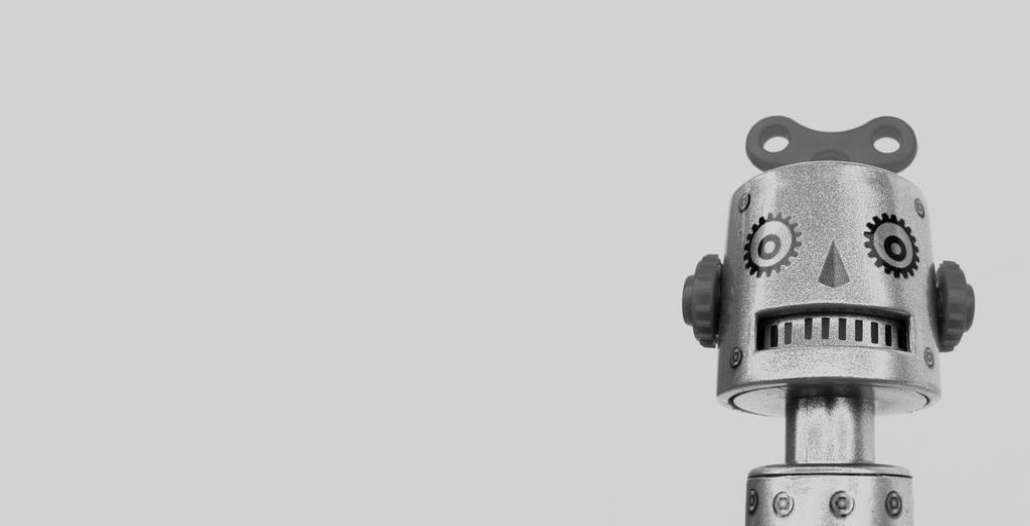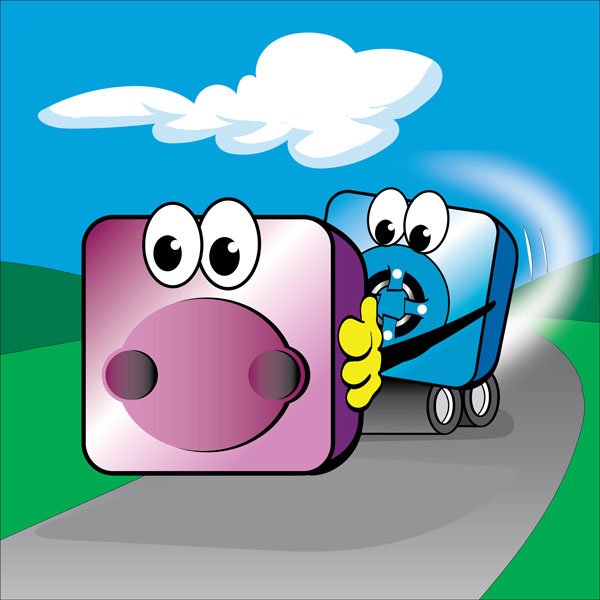Lesson Modules
Teaching Tips:
Asking “why” and investigating the relationships between actions and results is the basis for all scientific exploration from physics to psychology. It is also the natural entry point for young children to experience scientific inquiry as they repeatedly ask “why” in their daily lives. This lesson plan uses the KT06 kit as both demonstration and hands‐on exploration of cause and effect. This lesson challenges students to make and test small robots, using the discrete functions in each Cubelet and allows them to, powerfully experience how making changes to their robot results in a new robot or action. While students are enjoying the robots, they can build and play with Cubelets. They can also observe how their changes affect their robots.
Each segment is suggested to last 20 minutes in order to comprise one 40 minutes class.
- A segment that introduces new vocabulary and presents the concept of cause and effect.
- A hands‐on exploration of cause and effect using Cubelets.
Each segment is suggested to last for 20 minutes, with two segments comprising a 40-minute class. If a class period affords less than 40 minutes, we suggest increasing the time for each segment and using each segment as a single class on consecutive class days.
While these lesson plans have suggested age levels, it is also possible to use the younger student activities as a ramp up to older grades; e.g. use the 4‐6-year-old activities to extend a lesson
plan for a group of 9-year-olds. Similarly, the activities suggested for older students can become a way to expand on challenges presented to younger learners if there are time and interest.
Tell the class: “I have these robot blocks and we can make different robots with them. Robots are computers that can sense, think, and act. Our robot senses are in these black sense cubes. Our robot thinking parts are in these green cubes. Our robot action parts are in these clear cubes. All robots need power, and the gray blocks are the battery or power blocks. The simplest robot we could make must have at least 1 black cube and 1 clear cube joined with a battery. These robots are going to be part of how we practice observing the relationship between cause and events.
First, let’s think about cause and effect in our everyday lives. We see the results of things that happen like
spilled water, a nice clean room, or a finished drawing. Each of these things had a cause. The other side of this is that for everything that we do, we are causing events. For every event or interesting thing we see, there is a related explanation. That’s cause and effect.”
Robots are computers that can sense, think, and act.
Our robot senses are in these black sense cubes.
Our robot thinking parts are in the green cubes.
Our robot action parts are in the clear cubes.
Also, all robots need power. The gray blocks are the battery or power blocks.
The simplest robot we could make now must have at least 1 black cube and 1 clear cube joined with a battery.

First, let’s think about cause and effect in our everyday lives.
We see the results of things that happen like spilled water, a nice clean room, or a finished drawing. These are events with causes. The other side of this is that for everything that we do, we are causing events.
Teaching Tips:
Materials: white, black, or smart board. For younger students, you could also use pictures of events as an alternative.
Present the concept of cause and effect as an IF/THEN table. Each student contributes an example, or in a larger group, teams of 2 to 3 students generate statements. As students think about examples in their lives, they practice creating statements that represent cause and effect relationships. Younger students can create draw pictures or match ones that demonstrate cause and effect.
- When we ask why something happened, we are seeing the effect and then investigating what caused it. Actions cause changes or effects. For everything that we do or that happens, there is a cause or causes. Tracking down those causes in order to better understand them is part of multiple disciplines of science ‐ biology, medicine, physics, police detectives. These concepts are, even used by people who aren’t scientists -like journalists and historians.
- “Can you think of some examples of things in our lives that have clear causes and effects that follow them? If I stick my hand in red paint, then what is the effect? If I get a scratch on my hand, what might have caused it? Let’s practice making IF/Then sentences where the IF is a cause, and the THEN states the consequence, result, or effect.
| IF = CAUSE | THEN = EFFECT |
| If it rains | then plants get wet. |
| If my toy slips out of my hand | then it falls to the ground |
| If we skip lunch | then we will be hungry |
- Use a T‐table and have students contribute their own If/Then sentences. Use this worksheet for the activity.
- When we ask why something happened, we are seeing the effect and then finding what caused it. For everything that we do or that happens, there is a cause or causes.

If I stick my hand in red paint, then what is the effect?
If I get a scratch on my hand, what might have caused it?
Let’s practice making IF/Then sentences where the IF is a cause, and the THEN says what the consequence, result, or effect is.
| IF = CAUSE | THEN = EFFECT |
| If it rains | then plants get wet. |
| If my toy slips out of my hand | then it falls to the ground. |
| If we skip lunch | then we will be hungry. |
Complete your own IF/THEN sentences.
IF = CAUSE & THEN = EFFECT
Print this worksheet to complete this actvity.
Teaching Tips:
While students are enjoying the robots, they build and play with Cubelets while observing examples of the effects of the changes they impose on them.
Materials: KT06 kits, groups of 14 students using each kit. Initially all groups use only the Distance, Drive, and Battery Cubelet
Tell the class: “Robots must have sense and act components. Sense Cubelets are black. Action Cubelets are clear. Every robot also needs power. The Battery Cubelet is grey. IF I don’t use power what would be the result? (The robot won’t work!) So, let’s put together these three Cubelets and then discuss Cause and Effect with their Sense and Action. This sense is Distance, or how close things are to it. This Action is to Drive.”

NOTE: using just these three Cubelets produces MANY different robots
- Build the first robot with these three Cubelets and then test it to see what it does. Make an IF/THEN statement describing a cause and effect. Next, using just these three Cubelets, move them around to make at least one more robot with a different cause and effect statement. “The action is the effect and it only does the action when it gets input or information from the sense. What is the cause? “ (The cause is what the robot is sensing, in this case, Distance/proximity)
Cause and effects also happen in Cubelets!
IF you don’t use power what would happen? The robot won’t work! So, let’s put together these three Cubelets and then discuss Cause and Effect with their Sense and Action. This sense is Distance, or how close things are to it. This Action is to Drive.

NOTE: using just these three Cubelets produces MANY different robots
Build the first robot with these three Cubelets and then test it to see what it does.
Next, using just these three Cubelets, move them around to make at least one more robot with a different cause and effect statement.
The action is the effect and it only does the action when it gets input or information to the sense.
Teaching Tips:
Once you finished share with your classmates!


